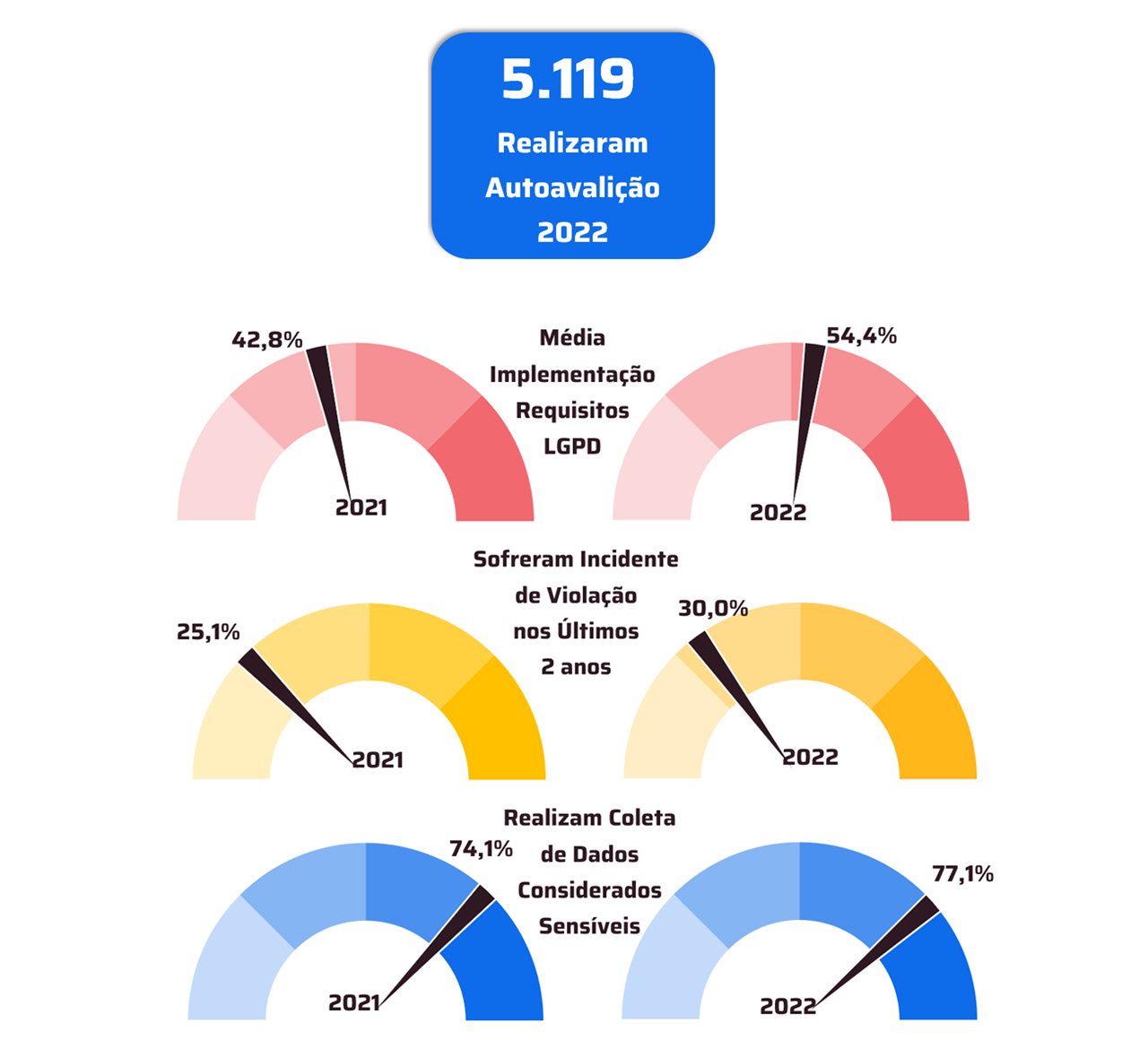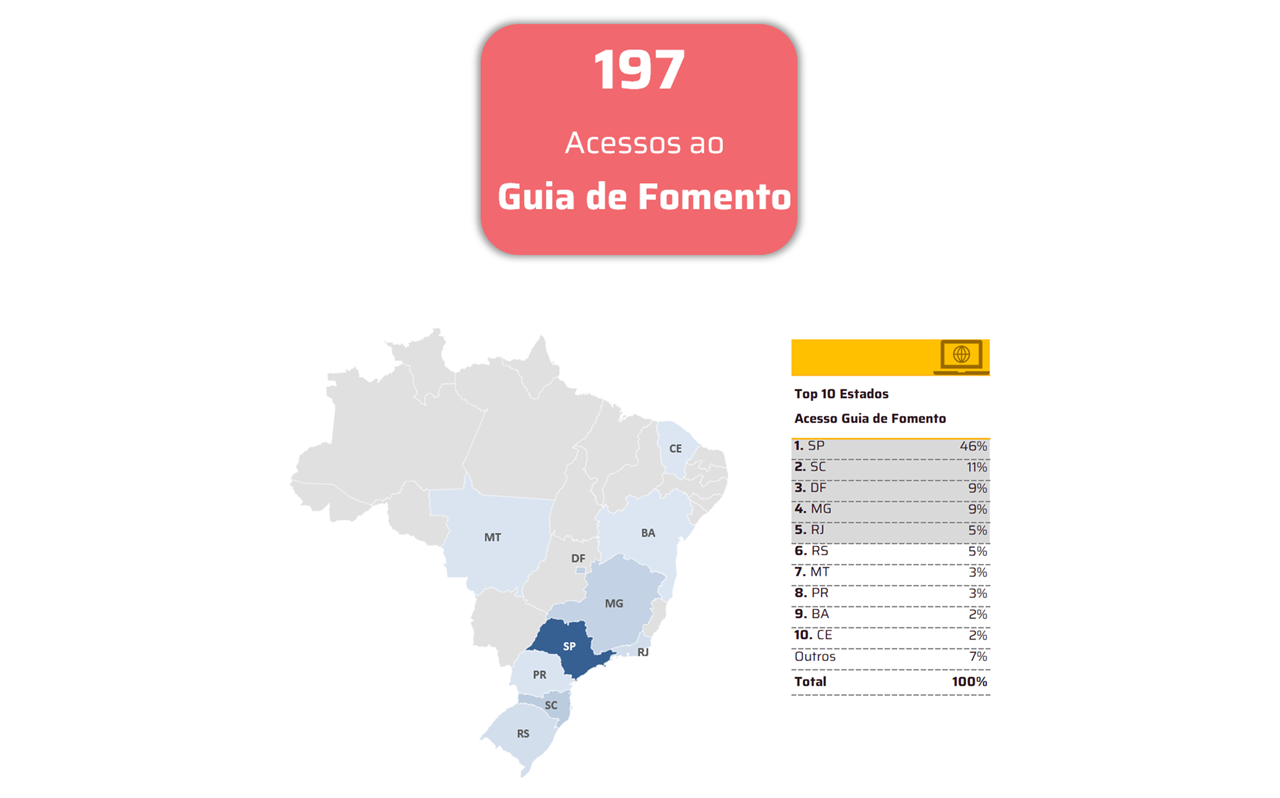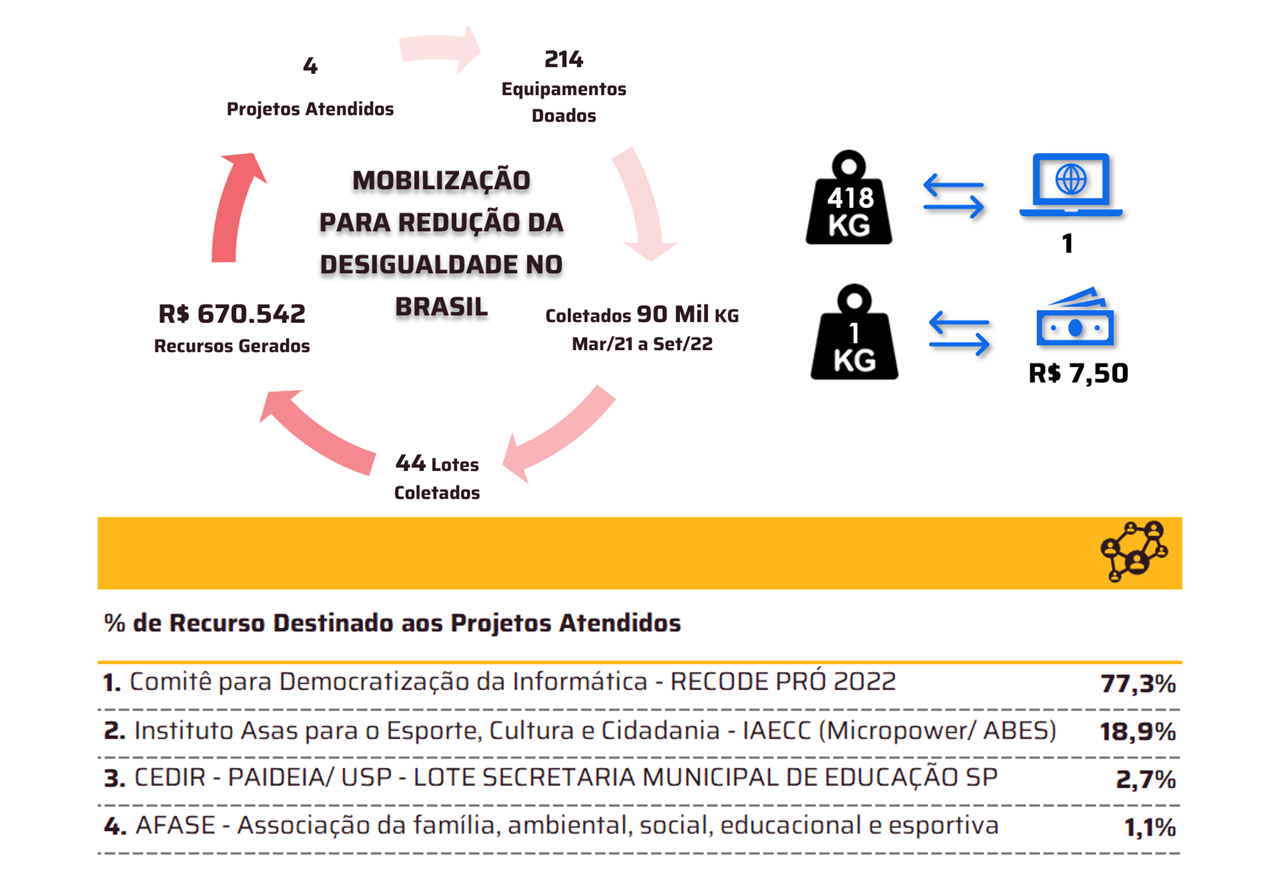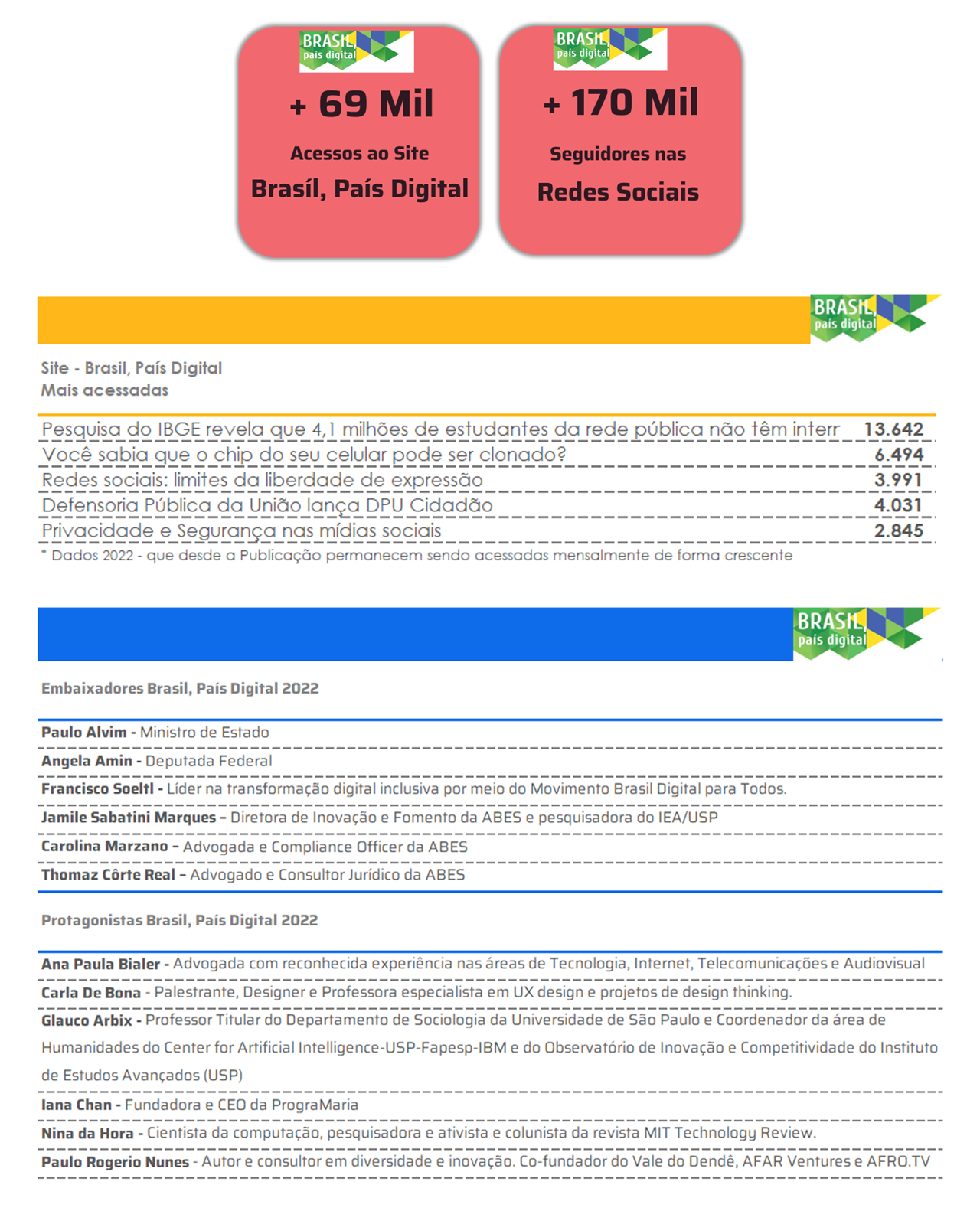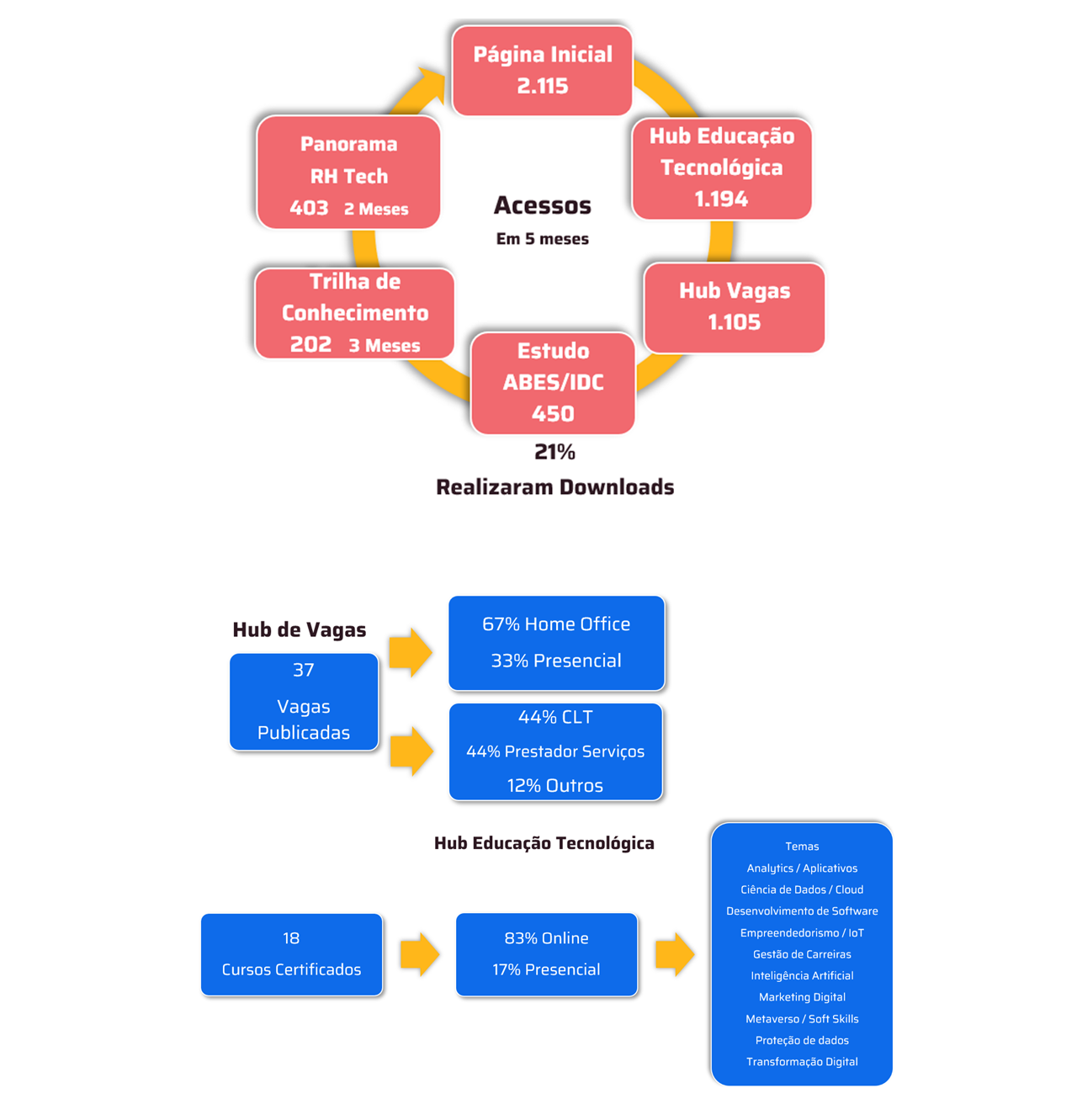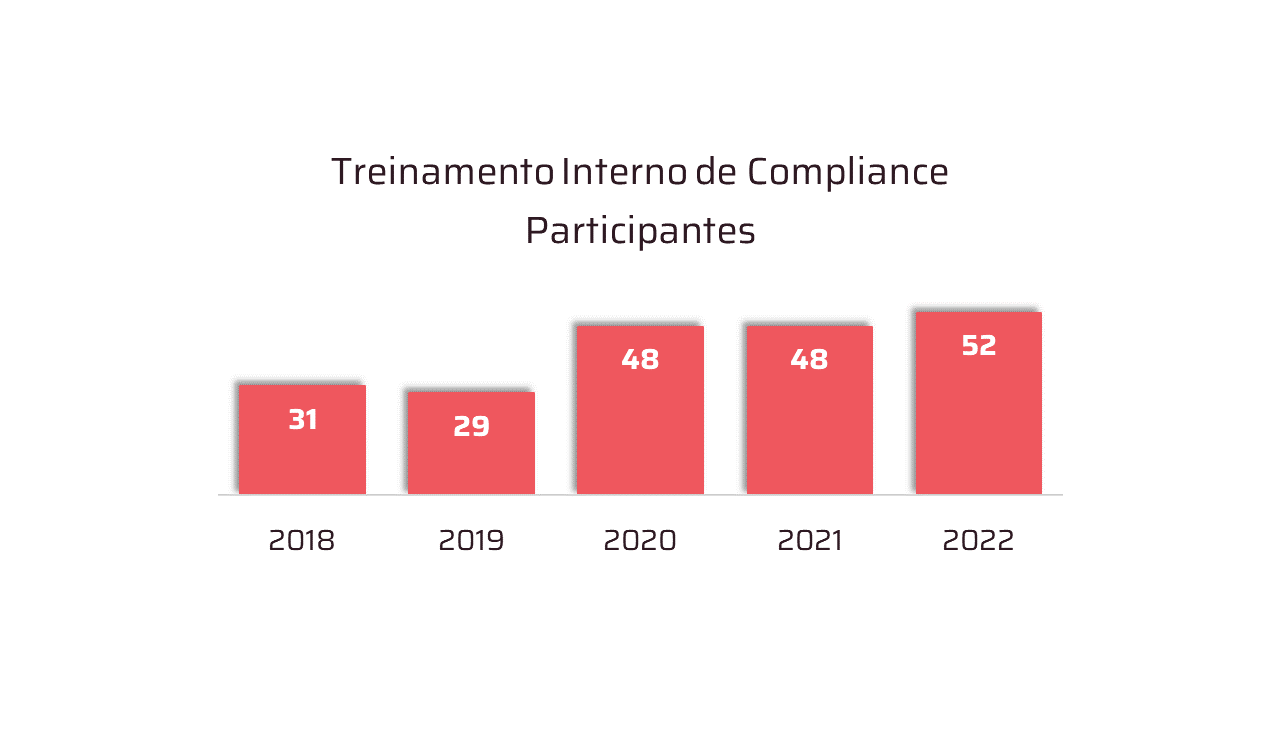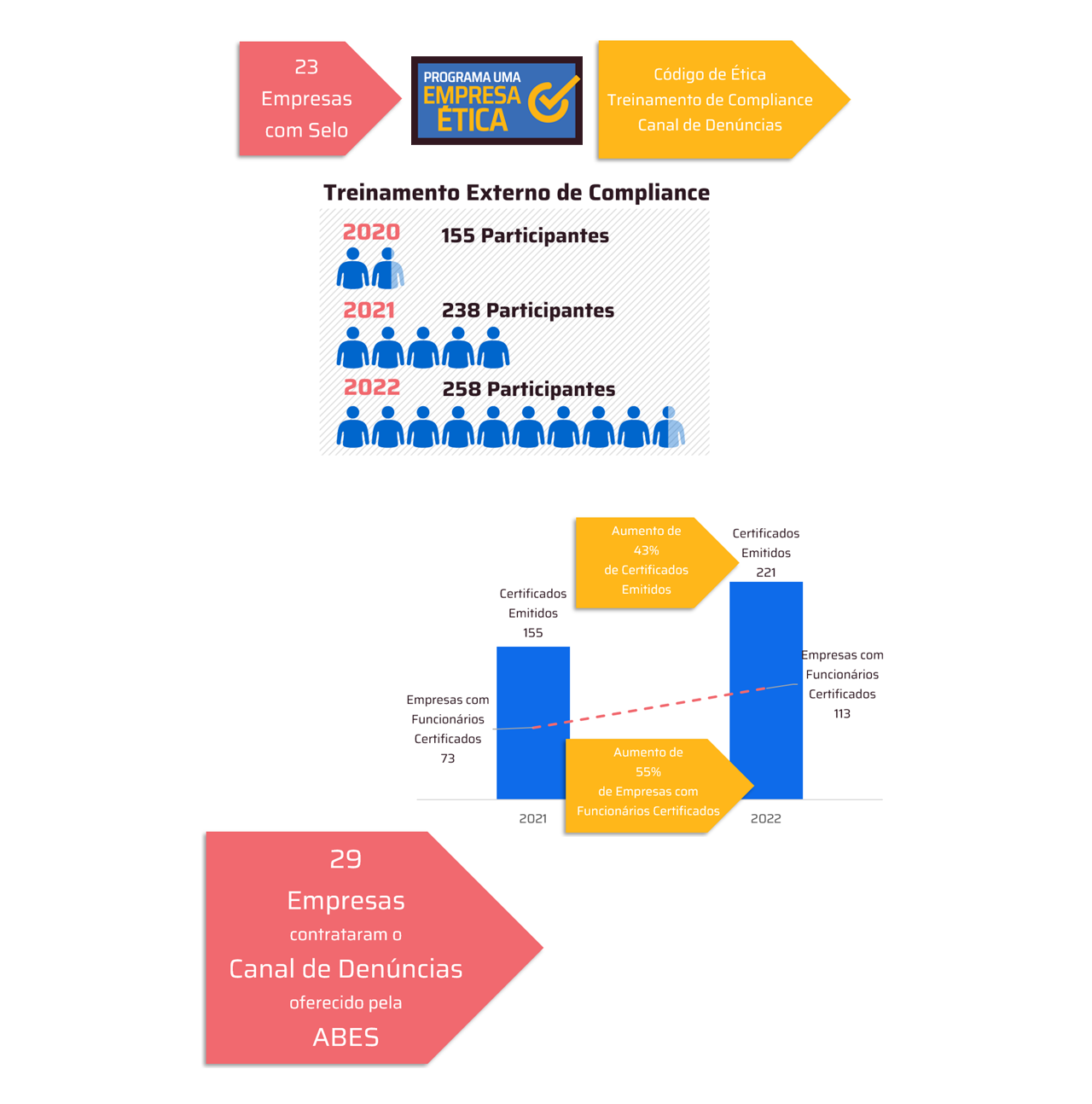The use of artificial intelligence and automation on a large scale will bring profound changes to sectors such as financial management, civil construction, agribusiness, logistics and marketing
By 2025, technology will profoundly transform several sectors of the economy. From generative AI to automation, the advancement of the digital revolution will bring gains in efficiency, security and agility.
These technological innovations go beyond process optimization, enhancing the customer experience and ensuring greater regulatory compliance. In the coming years, the market will have solutions ranging from the automation of routine tasks to the use of artificial intelligence for data analysis and strategic decisions. Experts from each sector share their perspectives on the impact of these transformations and what to expect in the future. Check it out:
ERP Banking: revolution in corporate financial management for 2025
Corporate financial management is being transformed by the advancement of technological solutions, and ERP Banking is one of the main innovations expected for 2025. Developed by the Santa Catarina-based multinational leader in management software development, Senior Sistemas, this system promises to provide greater agility and ease to the user in the integration between ERP and Banks, in addition to greater precision and efficiency in financial analyses by integrating AI and automation to improve decision-making.
As an intelligent platform, ERP Banking connects processes, allowing financial management and interaction with banks to be carried out directly in the ERP in a secure manner, avoiding the manipulation of bank files, operational errors and fraud risks. It also facilitates cash flow management, resource forecasting and investment analysis. Using AI, the system anticipates fundraising and investment opportunities, maximizing profitability and accuracy in financial decisions.
According to Senior’s ERP product head, Thiago Ferreira, “the great differentiator of ERP Banking is its ability to predict scenarios and suggest adjustments before problems arise. AI operates with real-time data, enabling agile and informed decisions, which is essential in a dynamic financial environment.”
One of the most innovative aspects is the integration with virtual assistants, called EXPERTS, which use artificial intelligence to analyze data and offer immediate solutions to managers. Ferreira adds that “they are able to evaluate market variations and anticipate financial behaviors, allowing companies to be more proactive in their decisions and adjust their investments quickly and safely.”
Among the main new features expected for 2025, ERP Banking should further improve its automation and risk analysis functions. The new generation of the system will use machine learning to proactively identify financial behavior patterns and potential threats, improving planning and increasing security in operations.
Automation and accuracy in financial forecasts
 Companies that integrate AI into their management systems gain a competitive advantage by quickly performing previously complex operations. One of the highlights is the use of specialized virtual assistants. “With EXPERTS technology, AI acts as a virtual consultant, anticipating cash flows and suggesting the best time to raise funds or new investments, providing agile and accurate financial management,” explains Thiago Ferreira.
Companies that integrate AI into their management systems gain a competitive advantage by quickly performing previously complex operations. One of the highlights is the use of specialized virtual assistants. “With EXPERTS technology, AI acts as a virtual consultant, anticipating cash flows and suggesting the best time to raise funds or new investments, providing agile and accurate financial management,” explains Thiago Ferreira.
In addition to the financial sector, AI is also being applied to optimize workflow in teams, reducing time spent on repetitive tasks and integrating processes between departments. “Automating tasks such as tax audits and regulatory compliance significantly reduces the risk of errors, speeds up compliance with obligations and enables continuous control in each area of the company,” says Valmir Hammes, head of ERP product at Senior.
Another important advance is the automation of security and regulatory compliance processes. The use of intelligent systems to automatically audit transactions, generate tax reports and notify about legal deadlines saves time and avoids fines. “Our automated tax calendar tracks the company’s obligations in real time, sends due date alerts and checks consistency between different tax obligations, drastically reducing compliance errors,” adds Hammes. “These technologies eliminate bottlenecks and increase decision-making power with reliable and up-to-date data,” he concludes.
Generative AI: intelligence and more productivity
Generative AI is transforming the way companies use data to automate processes, optimize operations, and analyze information. The technology, which emerged in 2022, has quickly gained popularity, reaching more than 100 million users in two months – a record adoption, according to a report by UBS. This rapid pace reflects a growing interest among companies across a range of sectors that are looking to generative AI as more than an operational tool, but as a strategic asset to transform businesses, improve productivity, and expand the reach of innovation.
Gartner studies indicate that around 251,000 companies already use AI in some areas, especially in customer service and marketing, a volume that is expected to increase significantly in the coming years.
However, for Carlos Valle, Senior’s executive director of Technology and Development, the true competitive advantage of Generative AI will come when the technology is integrated into strategic areas, such as planning and operations management. “The market is beginning to realize the potential of generative AI to provide insights that support high-impact decisions and optimize critical processes. At Senior, generative AI solutions have been applied in systems such as HR and Logistics to automate tasks such as data analysis and predictive maintenance, promoting more agile and accurate management,” he says.
Agribusiness: technology at the service of productivity
 Experts point out that new technological tools not only optimize productivity, but also help to face challenges such as the shortage of qualified labor and the growing demand for sustainability. “AI plays a strategic role in transforming data into practical and actionable information, which is essential for decisions that increase the profitability and sustainability of production,” says Graciele Lima, head of Agribusiness products at Senior Sistemas. “For example, AI algorithms can identify pest behavior and suggest preventive management, which reduces losses and the use of pesticides,” she explains.
Experts point out that new technological tools not only optimize productivity, but also help to face challenges such as the shortage of qualified labor and the growing demand for sustainability. “AI plays a strategic role in transforming data into practical and actionable information, which is essential for decisions that increase the profitability and sustainability of production,” says Graciele Lima, head of Agribusiness products at Senior Sistemas. “For example, AI algorithms can identify pest behavior and suggest preventive management, which reduces losses and the use of pesticides,” she explains.
Another big bet is on automation and real-time crop monitoring. With connected sensors and AI systems, producers can have a complete view of the entire production chain, from harvest to flow. For 2025, one of the innovations is AgroCheck, a tool that uses artificial intelligence to monitor and classify grain loads, alerting to quality deviations and suggesting corrective actions. “AgroCheck is a cutting-edge solution that provides security and prevents waste. Quality control becomes automated and continuous, without the need for constant supervision, which increases efficiency in operations during harvest,” explains Graciele.
Another highlight is AgroVerus, which uses optical character recognition (OCR) to capture data from field equipment and automatically integrate it into management systems. According to the expert, “this technology eliminates manual steps and the risk of errors, promoting greater precision in input control and generating real-time reports for safer decision-making.”
The traceability of inputs and the digital security of information represent major advances towards a more sustainable and transparent agriculture. “Consumers are increasingly demanding about the origin of their food, and these tools allow producers to guarantee traceable and environmentally responsible production,” he adds.
Logistics: routing and real-time monitoring
Companies are investing in technologies that promise to revolutionize the way goods are stored, moved and delivered. Advanced AI systems, integrated with technologies such as ERP (Enterprise Resource Planning) and WMS (Warehouse Management System), make the supply chain more agile, efficient and accurate.
AI is transforming logistics decisions by automating processes such as routing, picking, storage and delivery, offering real-time insight into operations.
Routing — planning the most efficient routes for delivering products — is a critical area where artificial intelligence brings significant improvements. AI analyzes a wide range of variables in real time with intelligent algorithms, such as traffic conditions and vehicle occupancy. This optimizes routes, minimizing fuel consumption, reducing delivery time and increasing safety. “With AI applied to routing, the system automatically adjusts routes in response to unforeseen events, ensuring delivery in the shortest possible time and at the lowest cost,” explains Senior Sistemas’ head of logistics products, Anderson Benetti. “This not only improves operational efficiency, but also the customer experience, who benefits from faster and more predictable deliveries,” he says.
Furthermore, real-time monitoring, integrated with ERP and WMS, provides a detailed view of the entire logistics process, from purchasing to final delivery. The ERP acts as the company's central system, integrating all operational areas, while the WMS manages warehouses, optimizing inventory control and movement of goods. The TMS manages freight and transportation, ensuring the best delivery options and last-mile traceability.
Civil Construction: innovations that transform the construction site
In the construction sector, Senior launched the “Canteiro Digital” solution, which integrates planning, execution and quality control with BIM models. “We are using AI to generate insights that identify problems in the management of construction costs and deadlines, suggesting automatic action plans”, explains Senior’s head of Construction products, Rafael Bahr.
The platform offers features such as long-term planning with balance lines, which allow for comparison of the physical evolution of the project, in addition to continuous monitoring of the progress of the work, with automatic synchronization with the ERP for integrated management. The Digital Construction Site also enables the creation of Service Verification Forms (FVS) based on structured data on the progress of the work. All of these activities are recorded in the Construction Diary, which documents the daily actions of the construction site, including resources, labor and relevant occurrences, and has integrated dashboards that provide valuable insights to managers. This approach ensures that the works are delivered within the expected quality standards, in addition to improving efficiency.
Senior's SaaS (Software as a Service) is a specialized solution for the construction industry, with easy usability and mobile technology, fully integrated with the company's ERPs. “The digitalization of the construction site contributes to the agility in the execution of projects, offering a broad and real-time view of each aspect of the work. This makes it possible to ensure greater precision and efficiency throughout the construction chain, not to mention the possibility of optimizing resources and reducing waste”, adds Rafael Bahr.
“Canteiro Digital stands out for centralizing all construction management in a single tool, avoiding the use of multiple platforms that can decentralize construction site administration. The solution provides fluidity and simplicity in daily management, with graphical visualization of progress and monitoring of the physical progress of the construction, making decision-making more agile and accurate,” he concludes.
Access Management and Security
The Access and Security Management market is expected to increase the intensity of the use of solutions that use algorithms and artificial intelligence, especially in the video layers. “Video analytics is the area that is finding the most ways to develop and deliver really interesting data. The use of this data for the management of operational corporate risks is very welcome and expected”, points out Silvano Barbosa, head of product at Senior.
Among the company's innovations in the segment is a video analytics solution for facial recognition integrated with access control, to: Allow for forensic analysis of the flow of people in a project; increase access control; Allow access control via CCTV cameras in places where a barrier is not possible, with real-time alerts of any non-compliance; Bring other analytics such as people counting, heat maps and intrusion, with incremental data to increase the conditions for dealing with the project's risks in just one single solution.
According to Silvano, a unique mobile access control model is also planned, as well as new features that integrate access control into computer login systems, a product that is highly anticipated by the market and that digitalizes and allows real-time monitoring of vehicle and cargo entry and exit inspection routines for logistics parks, industries, agribusiness, wherever this type of control is needed.
“We will increase the number of hardware devices to which we are connected, allowing customers real freedom in choosing the devices for their business, and expanding the application of facial identification for point management in a simple and straightforward manner, in the REP C and REP P models”, he concludes.









